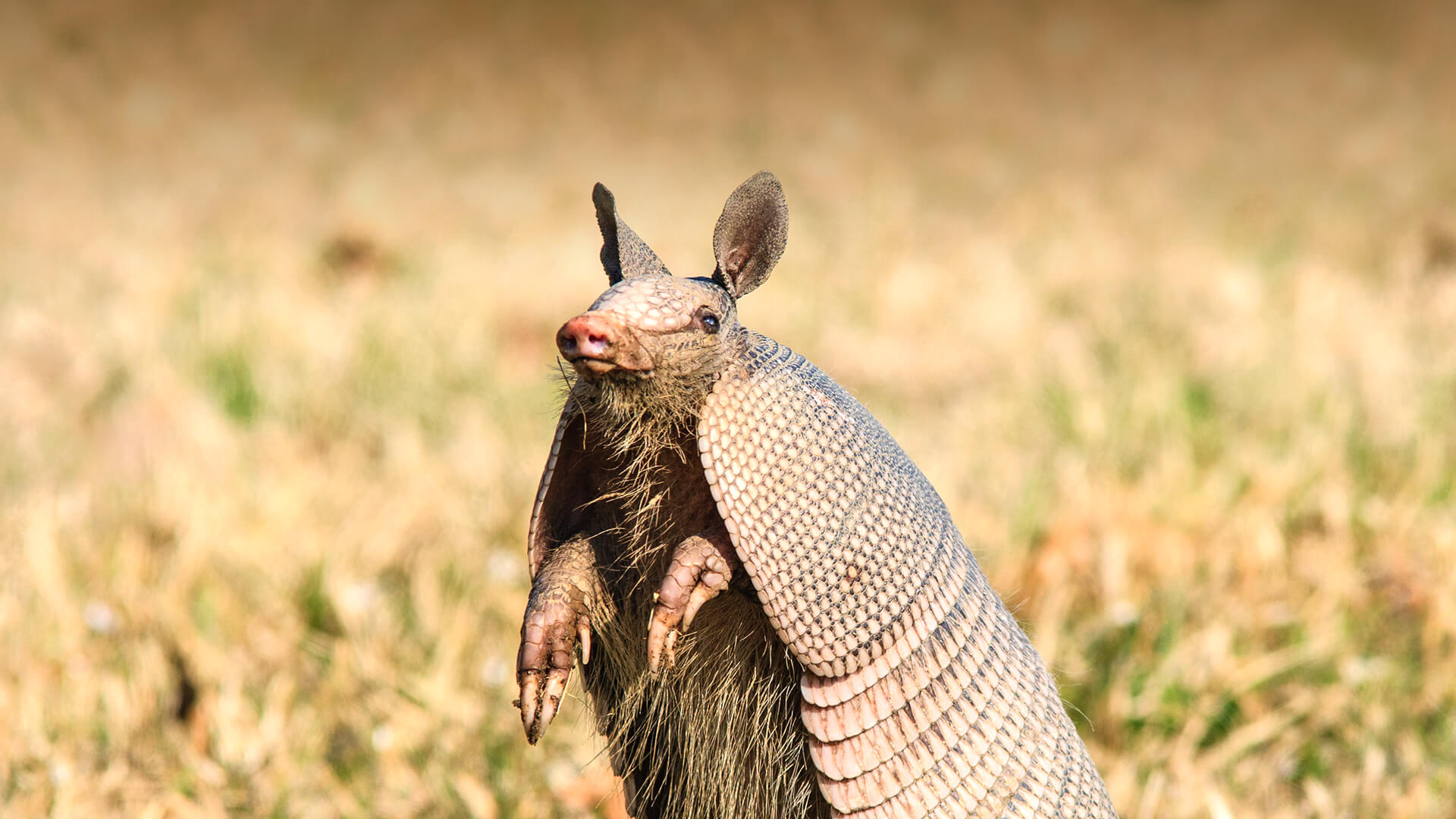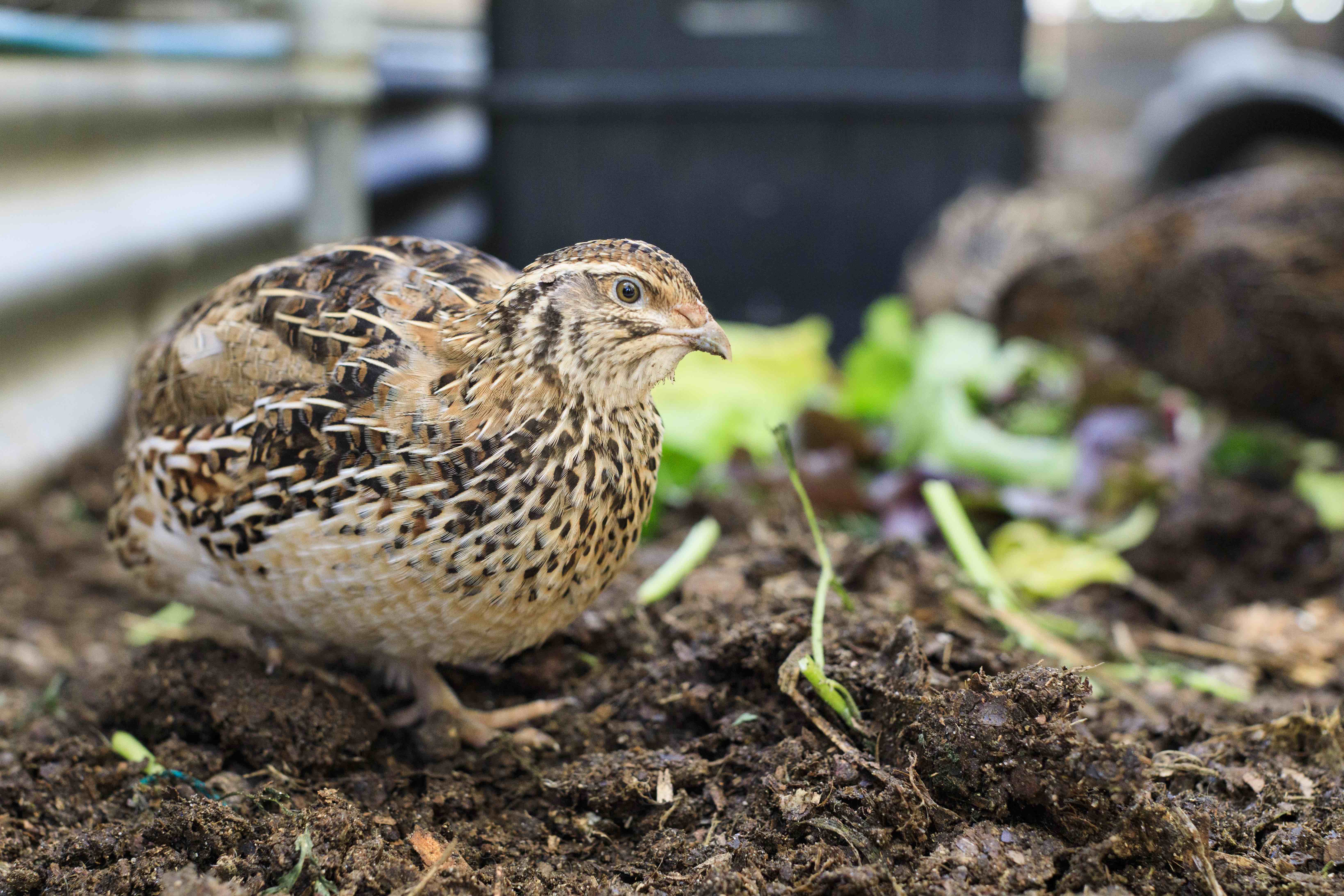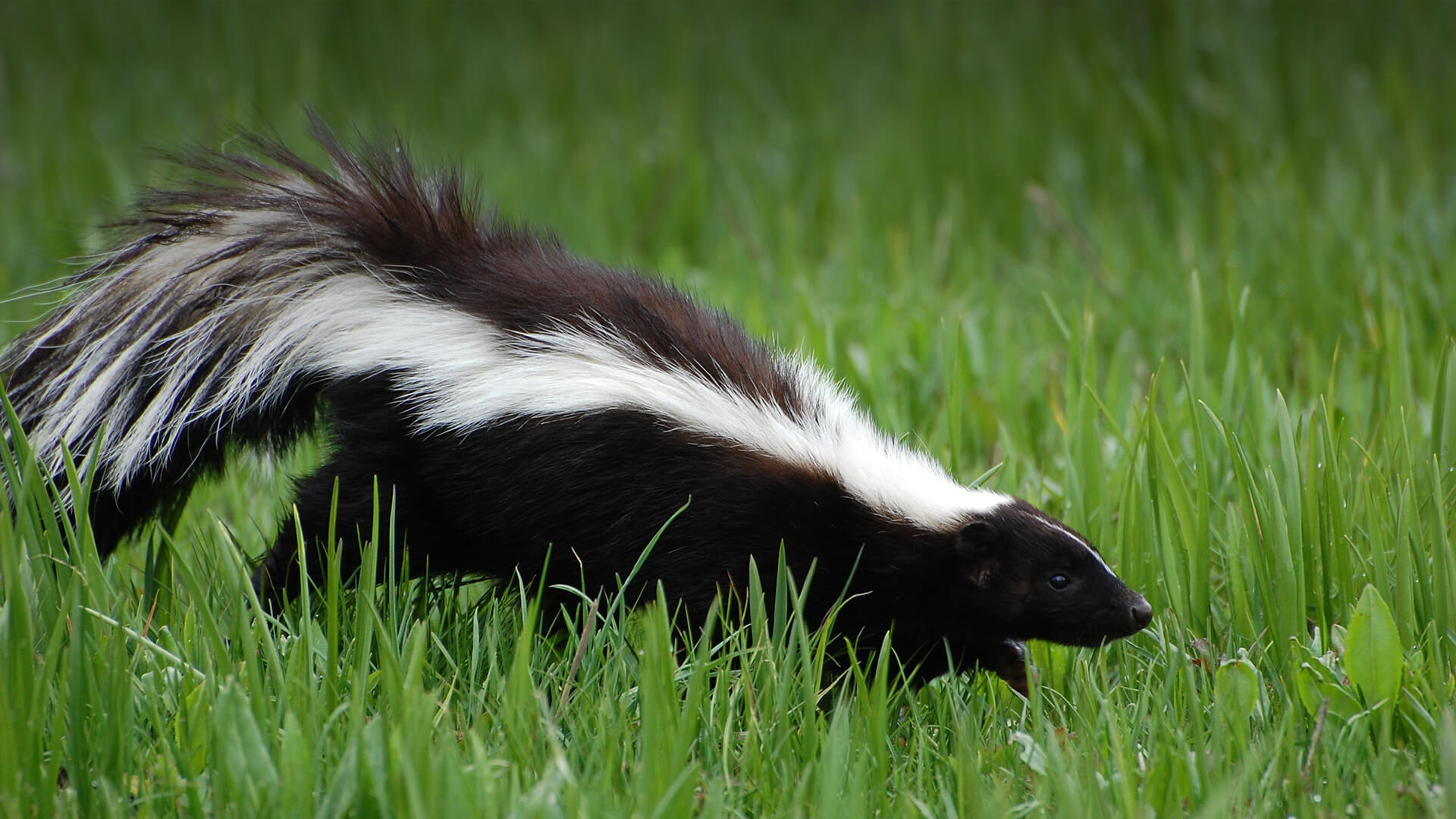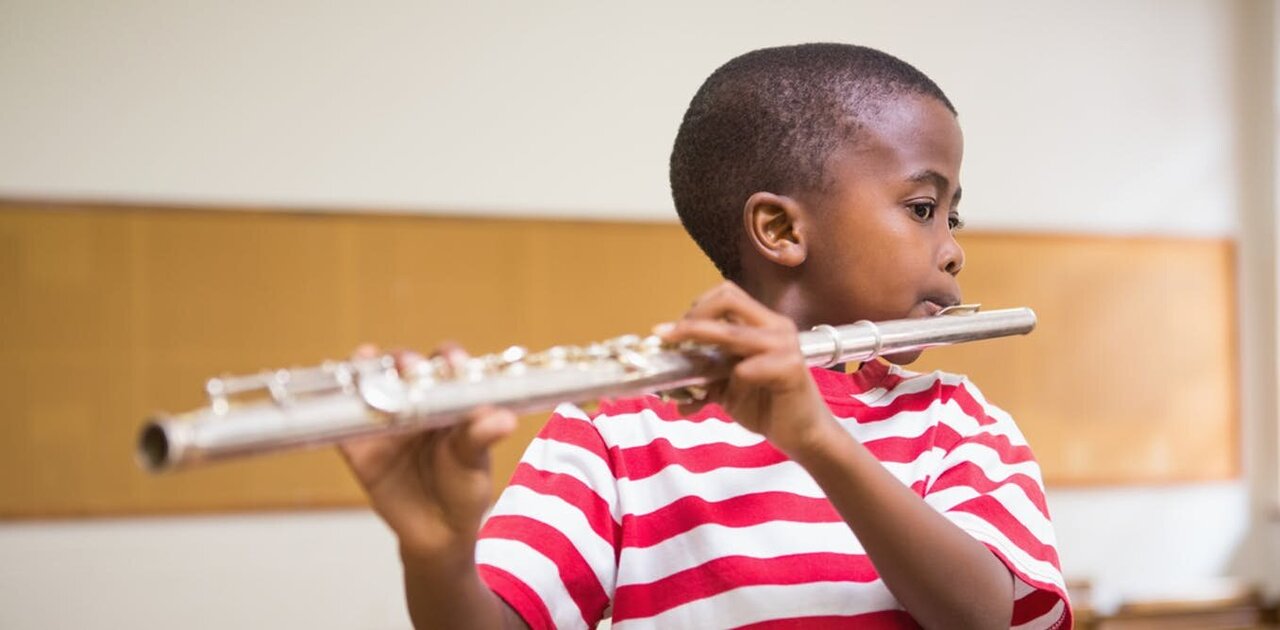Home>Production & Technology>Sound>What Do Tree Frogs Sound Like


Sound
What Do Tree Frogs Sound Like
Published: October 25, 2023
Discover the mesmerizing sounds of tree frogs, as they hop through the rainforest. Experience their unique vocalizations and learn what tree frogs sound like.
(Many of the links in this article redirect to a specific reviewed product. Your purchase of these products through affiliate links helps to generate commission for AudioLover.com, at no extra cost. Learn more)
Table of Contents
Introduction
Tree frogs are fascinating creatures that inhabit various ecosystems around the world. Known for their ability to climb trees and glide through the air, these small amphibians have also gained attention for their unique vocalizations. Their sounds add a melodic and rhythmic ambiance to the natural environment.
Tree frog calls play an essential role in communication and reproduction. Each species of tree frog has its own distinct call, allowing individuals to identify potential mates and establish territory boundaries. Their calls can range from simple chirps to complex trills and croaks, creating a symphony of sounds in the wilderness.
In this article, we will explore the enchanting world of tree frog sounds, examining the anatomy of their vocalizations, the different types of calls they produce, and the factors that can influence their calls. We will also delve into the ecological importance of tree frog vocalizations and their impact on the ecosystem as a whole.
So, get ready to dive into the captivating world of tree frog sounds and learn more about these incredible creatures and their unique vocal abilities.
What are tree frogs?
Tree frogs, as the name suggests, are a group of frogs that have adapted to living in trees and various arboreal habitats. They belong to the family Hylidae, which is known for their strong climbing abilities and adhesive toe pads that enable them to grip onto branches and leaves.
Tree frogs are found in many parts of the world, including tropical rainforests, temperate forests, and even urban areas with suitable vegetation. They come in various shapes, sizes, and colors, but they are typically small to medium-sized frogs with slender bodies and long limbs.
One of the most distinguishing features of tree frogs is their unique toe pads. These specialized structures are covered in small, adhesive suction cups that allow them to cling to vertical surfaces, such as leaves and tree trunks. This adaptation enables them to climb with agility and move effortlessly through the treetops.
Unlike other frogs, tree frogs have excellent vision due to their large, forward-facing eyes. This enables them to accurately identify prey, predators, and potential mates from a distance. In addition to their visual prowess, tree frogs possess well-developed hearing organs that allow them to detect and interpret sounds in their environment.
Tree frogs are primarily nocturnal creatures, meaning they are most active during the night. This is when they engage in various activities such as foraging for food, mating, and defending their territory. During the day, they seek shelter in tree crevices, foliage, or even burrow underground to avoid predators and extreme temperatures.
Overall, tree frogs are remarkable creatures that have adapted to a unique arboreal lifestyle. Their ability to climb, grip, and produce distinct vocalizations makes them a fascinating group of amphibians to study and admire.
Communication through Sound
Tree frogs have a remarkable ability to communicate with one another through a wide variety of sounds. These vocalizations serve multiple purposes, including attracting mates, defending territories, and signaling danger. Such vocal communication is crucial for their survival and reproductive success.
One of the primary reasons tree frogs produce vocalizations is to attract mates during the breeding season. Each species has its own unique calling pattern, making it easier for individuals to recognize and locate potential mates. The calls are often heard at night when the forest is relatively quiet, allowing the sounds to travel over long distances.
Male tree frogs are primarily responsible for producing elaborate and melodic calls to attract females. These calls are often rhythmic and can vary in complexity, depending on the species. The purpose of the call is to signal the male’s presence, display his fitness, and entice females to approach him for mating.
Female tree frogs, on the other hand, may respond to the male’s call or produce their own softer calls to indicate their receptiveness to mating. This back-and-forth vocal exchange between male and female tree frogs is an essential part of courtship behavior.
In addition to mating-related calls, tree frogs also use vocalizations to defend their territories from intruders. These territorial calls are typically harsher and more aggressive in nature. By proclaiming their presence through vocalizations, tree frogs can ward off rival males and establish their dominance in a particular area.
Interestingly, tree frogs can also produce distress calls when they feel threatened or are in danger. These calls serve as an alarm signal to other nearby individuals, warning them of potential predators or harmful situations. These distress calls can vary in intensity, depending on the level of threat perceived by the individual. They can help mobilize other individuals to take defensive actions or seek safer shelter.
Overall, vocal communication plays a vital role in the social dynamics and reproductive success of tree frogs. Their ability to produce a diverse range of calls allows them to convey important information to their conspecifics and navigate their environment effectively.
Anatomy of a Tree Frog’s Vocalization
The ability to produce vocalizations is a remarkable feat of tree frog anatomy. Their vocalizations are produced through a complex combination of various anatomical structures and physiological processes.
One of the key components involved in tree frog vocalization is the vocal sac. The vocal sac is an expandable pouch located in the throat region of male tree frogs. It serves as a resonating chamber for amplifying and projecting their calls. When a male tree frog begins to vocalize, the vocal sac inflates, allowing the sound to be produced with greater volume and intensity.
The vocal cords, located in the larynx of a tree frog, are responsible for creating the actual sound. When air from the lungs passes through the larynx, the vocal cords vibrate, producing sound waves. These sound waves are then amplified within the vocal sac, resulting in the characteristic calls of tree frogs.
Another critical component of tree frog vocalization is the vocalizing muscles. These muscles control the tension and movement of the vocal cords, allowing tree frogs to produce a wide range of sounds. Different species of tree frogs have variations in the size and shape of these muscles, contributing to the unique qualities of their calls.
The size of the larynx and the shape of the vocal cavity also influence the sound produced by tree frogs. Larger larynges generally produce deeper calls, while smaller ones produce higher-pitched sounds. The shape of the vocal cavity can also affect the resonance and timbre of the calls, giving each species its distinct vocal quality.
Furthermore, the brain plays a vital role in controlling tree frog vocalization. The brain sends signals to the vocalizing muscles, regulating the timing, duration, and frequency of the calls. The coordination between the brain and the vocal apparatus ensures that tree frogs produce their calls accurately and effectively.
It is worth noting that while male tree frogs are primarily known for their vocalizations, females also possess vocal cords and vocal sacs. However, their vocalizations are often much softer and less elaborate compared to those of males.
Overall, the anatomy of tree frog vocalization is a complex and intricate system. From the vocal sac to the vocal cords, muscles, larynx, and brain, all these components work together to enable tree frogs to produce their unique and captivating calls.
Types of Tree Frog Calls
Tree frogs produce a diverse range of calls, each with its own distinct characteristics and purposes. These calls can vary in pitch, duration, rhythm, and complexity, depending on the species and the specific context in which they are used. Here are some common types of tree frog calls:
- Advertisement Call: This is the most well-known and common type of tree frog call. The advertisement call is primarily produced by male tree frogs during the breeding season to attract females. These calls are often melodic, rhythmic, and repetitive, serving as a signal of the male’s presence and fitness. The advertisement calls tend to be distinctive to each species, allowing individuals to accurately recognize and locate potential mates.
- Territorial Call: Tree frogs also produce territorial calls to defend their territories from rival males. These calls are typically harsher, louder, and more aggressive-sounding than the advertisement calls. Territorial calls communicate the presence and dominance of a male frog in a particular area, warning other males to stay away. The purpose of these calls is to establish and maintain breeding territories.
- Distress Call: When tree frogs sense danger or feel threatened, they produce distress calls to alert nearby individuals of potential risks. These calls can be loud and high-pitched, acting as an alarm signal to other frogs in the vicinity. The distress calls can mobilize other frogs to take defensive actions or seek safer shelter. They are a crucial form of communication in response to predators or adverse environmental conditions.
- Aggressive Call: The aggressive call is used by male tree frogs to establish dominance and intimidate rival males during territorial disputes. These calls are characterized by short, intense bursts of croaks or trills. The aggressive calls are a means of displaying strength and asserting dominance, discouraging other males from encroaching on their territory.
- Release Call: Some tree frog species emit release calls when they are captured or under physical distress. These calls are often short, high-pitched, and repeated rapidly. The purpose of the release call is to startle or distract a predator, giving the frog an opportunity to escape from its captor’s grip. These calls can potentially save a frog’s life by providing a chance for survival.
These are just a few examples of the different types of calls produced by tree frogs. The specific types and characteristics of calls can vary greatly among different species. The ability to produce a variety of vocalizations allows tree frogs to effectively communicate and navigate their environment, playing a crucial role in their survival and reproductive success.
Factors Influencing Tree Frog Calls
Tree frog calls are influenced by a variety of factors, including environmental conditions, social interactions, and physiological factors. These factors can shape the frequency, duration, and intensity of tree frog vocalizations. Here are some of the key influences on tree frog calls:
- Temperature and Weather: Environmental conditions, such as temperature and weather, play a significant role in tree frog vocalizations. Warmer temperatures often stimulate increased calling activity, as the metabolic rate of tree frogs rises, enabling them to produce more energetic calls. Additionally, heavy rain or high humidity levels can amplify the sound transmission, providing optimal conditions for tree frog calls to travel over longer distances.
- Mating Season: The mating season is a crucial period for tree frog vocalizations. During this time, males produce their advertisement calls to attract females for mating. The intensity and frequency of these calls are often heightened during the breeding season to maximize the chances of attracting a mate. The exact timing of the mating season can vary among different species and is often influenced by environmental cues, such as temperature and photoperiod.
- Availability of Habitat and Resources: The availability of suitable habitats and resources can also influence tree frog calls. Dense vegetation, abundant food sources, and suitable breeding sites are essential for the survival and reproduction of tree frogs. If these resources become limited or threatened, it may impact tree frog vocalization patterns. Changes in habitat quality can lead to alterations in calling behavior, including changes in the frequency or duration of calls.
- Social Interactions: The presence and proximity of other tree frogs can influence call production. Males may modify their calling behavior in response to the presence of other males nearby. This can involve adjusting the timing, frequency, or intensity of their calls to avoid overlapping and increase the likelihood of being heard by potential mates. Social interactions and competition between males can shape the calling patterns within a population.
- Physiological State and Individual Variation: The physiological state of an individual tree frog can also affect its calling behavior. Factors such as age, size, health, and hormonal fluctuations can influence the quality and intensity of calls. Additionally, individual variation within a species can lead to differences in call characteristics, including variations in pitch, duration, or rhythm. These variations can contribute to the overall diversity and complexity of tree frog vocalizations.
Overall, tree frog calls are influenced by a combination of environmental, social, and physiological factors. Understanding these influences provides valuable insights into the behavior and adaptations of tree frogs, highlighting the intricate interplay between these fascinating amphibians and their natural surroundings.
Importance of Tree Frog Sounds in the Ecosystem
Tree frog sounds play a crucial role in the functioning of ecosystems, benefiting both the frogs themselves and the broader ecological community. These vocalizations have profound impacts on various aspects of the ecosystem. Here are some key reasons why tree frog sounds are important:
- Indication of Ecosystem Health: The presence and abundance of tree frog sounds can serve as indicators of the overall health and biodiversity of an ecosystem. Because tree frogs are sensitive to changes in habitat quality, their presence and active vocalizations suggest a thriving ecosystem with abundant food sources, suitable breeding habitats, and minimal disturbances. Conversely, a significant decline in tree frog vocalizations may indicate habitat degradation or other ecological imbalances that need attention.
- Seed Dispersal: Many tree frog species inhabit forests and play a crucial role in seed dispersal. As they move around the canopy and forest floor, tree frogs inadvertently transport seeds in their digestive tracts or attached to their bodies. When they vocalize and move, they contribute to the dispersion of plant seeds, aiding in the regeneration and diversity of plant species throughout the ecosystem.
- Predator-Prey Interactions: The calls of tree frogs can influence predator-prey dynamics in the ecosystem. Vocalizations can attract predators, such as snakes and birds, which rely on the sounds to locate their prey. This creates a natural balance in the ecosystem, as predators help control the population of tree frog prey, such as insects. In turn, tree frogs benefit from reduced competition for resources and potential predation risks from abundant prey populations.
- Pollination: Some tree frog species are associated with certain flowering plants and contribute to the process of pollination. As tree frogs visit flowers in search of nectar or insects, they inadvertently transfer pollen grains from one flower to another, facilitating cross-pollination. This interaction between tree frogs and flowering plants promotes genetic diversity within plant populations and ensures the production of healthy seeds and fruits.
- Ecosystem Stability: Tree frogs play an integral role in maintaining ecosystem stability. By consuming large numbers of insects, including pests, tree frogs help regulate the populations of these organisms. This natural pest control helps prevent outbreaks of insects that could negatively impact plant health and biodiversity. This balance creates a healthier ecosystem with fewer disruptions and enhances the overall stability of the ecosystem.
The presence and vocalizations of tree frogs contribute to the ecological balance and functioning of ecosystems. They provide valuable ecological services, including seed dispersal, pollination, predator-prey interactions, and pest control. Understanding the importance of tree frog sounds helps us appreciate their ecological significance and underscores the need for conservation efforts to protect these remarkable amphibians and the ecosystems they inhabit.
Conclusion
Tree frog sounds are not just a beautiful chorus in the wilderness but an integral part of the ecosystem. These captivating calls serve essential functions in communication, reproduction, and maintaining ecological balance. The rich diversity of tree frog vocalizations contributes to the overall health and functioning of ecosystems worldwide.
Through their distinct calls, tree frogs attract potential mates, establish territories, and communicate distress signals. Their vocalizations not only facilitate successful reproduction but also help regulate populations of prey and predators, ensuring a harmonious balance within the ecosystem.
The anatomy of tree frog vocalizations is a remarkable adaptation that allows them to produce a wide range of sounds. Their vocal sacs, vocal cords, brain, and other physiological features work in harmony to create the melodic and rhythmic calls that define these amphibians.
Factors such as temperature, mating season, habitat availability, social interactions, and physiological state influence tree frog vocalizations. These factors shape the frequency, intensity, and characteristics of their calls, making each species unique and adaptable to its specific environment.
The importance of tree frog sounds extends beyond their immediate communication purposes. These calls serve as indicators of ecosystem health, aiding in seed dispersal, pollination, predator-prey interactions, and maintaining ecosystem stability. The presence or absence of tree frog vocalizations can provide valuable insights into the overall ecological well-being of an area.
In conclusion, tree frog sounds fascinate us with their beauty and complexity, but they also play a vital role in the intricate balance of the natural world. Understanding and appreciating the significance of tree frog vocalizations not only deepens our knowledge of these remarkable creatures but also emphasizes the importance of conservation efforts to protect their habitats and the ecosystems they contribute to.











